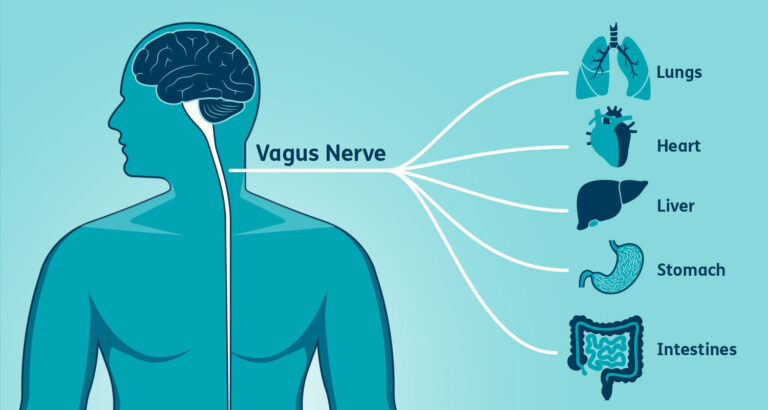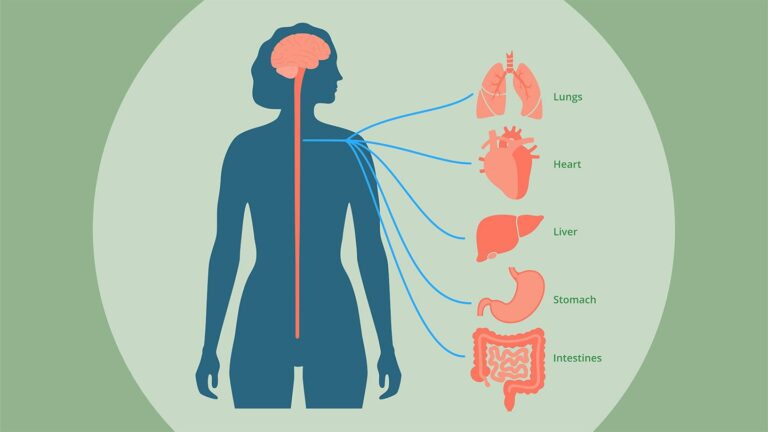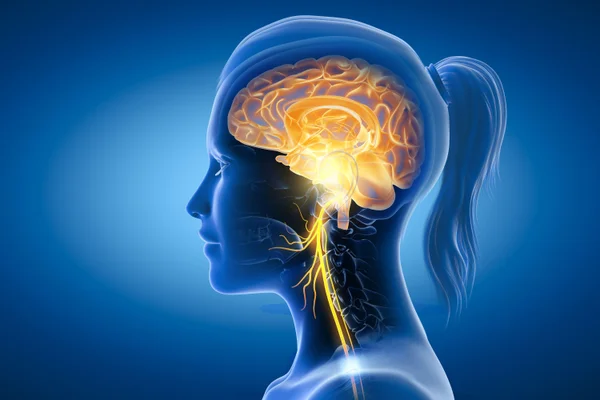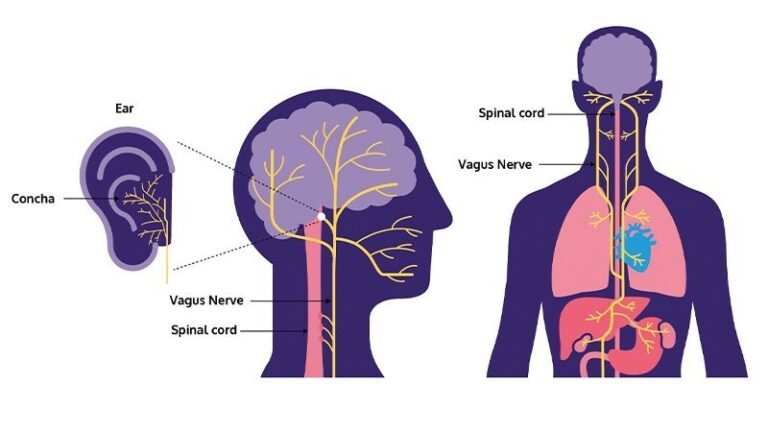Understanding the Vagus Nerve Reflexes: A Comprehensive Guide
The vagus nerve, also known as the 10th cranial nerve, is one of the most important nerves in the human body. It plays a crucial role in regulating several bodily functions, including heart rate, digestion, and respiratory rate. In recent years, there has been growing interest in understanding the vagus nerve reflexes and their impact on overall health and well-being. In this article, we will explore the anatomy and function of the vagus nerve, its role in the body’s reflex responses, and how these reflexes can be harnessed for therapeutic purposes.
Anatomy and Function of the Vagus Nerve
The vagus nerve is a long, wandering nerve that originates in the brainstem and extends down into the abdomen. It is a mixed nerve, meaning it contains both sensory and motor fibers. The vagus nerve is responsible for controlling a wide range of autonomic functions, including:
- Heart Rate: The vagus nerve helps regulate the heart rate by transmitting signals from the brain to the heart. It plays a key role in the parasympathetic nervous system, which is responsible for the “rest and digest” response.
- Digestion: The vagus nerve plays a crucial role in the digestive process by controlling the movement of food through the digestive tract, as well as the secretion of digestive juices.
- Respiration: The vagus nerve helps regulate the respiratory rate and depth of breathing.
- Voice Production: The vagus nerve supplies the muscles of the larynx (voice box), allowing for speech and vocalization.
- Inflammation: The vagus nerve is also involved in regulating inflammation in the body. It can dampen the immune response and reduce inflammation through its anti-inflammatory effects.
Vagus Nerve Reflexes
The vagus nerve is involved in several important reflex responses in the body. These reflexes help maintain homeostasis and protect the body from harm. Some of the key vagus nerve reflexes include:
- Gag Reflex: The gag reflex is a protective mechanism that prevents choking. When the back of the throat is stimulated, such as by touching the uvula or the back of the tongue, the vagus nerve is activated, triggering a reflexive contraction of the muscles in the throat to expel the object.
- Swallowing Reflex: The vagus nerve plays a crucial role in the swallowing process. It coordinates the muscles of the mouth, throat, and esophagus to move food from the mouth to the stomach.
- Cough Reflex: The vagus nerve is involved in the cough reflex, which helps clear the airways of mucus and foreign particles. When the airway is irritated, such as by dust or smoke, the vagus nerve is activated, triggering a cough to expel the irritant.
- Vasovagal Response: The vasovagal response is a fainting response triggered by a sudden drop in blood pressure. It is mediated by the vagus nerve, which causes a slowing of the heart rate and a widening of the blood vessels, leading to a temporary loss of consciousness.
Therapeutic Potential of Vagus Nerve Stimulation
In recent years, researchers have been exploring the therapeutic potential of vagus nerve stimulation (VNS) for various health conditions. VNS involves the use of a device that delivers electrical impulses to the vagus nerve, modulating its activity. Some potential applications of VNS include:
- Epilepsy: VNS has been approved by the FDA as a treatment for epilepsy that does not respond to medication. It is thought to work by reducing the abnormal electrical activity in the brain that causes seizures.
- Depression: VNS has also been studied as a treatment for depression. It is believed to work by modulating the activity of neurotransmitters in the brain, such as serotonin and norepinephrine, which are involved in mood regulation.
- Inflammatory Disorders: VNS has shown promise in the treatment of inflammatory disorders, such as rheumatoid arthritis and inflammatory bowel disease. It is thought to work by reducing inflammation through its effects on the immune system.
- Chronic Pain: VNS has been investigated as a treatment for chronic pain conditions, such as fibromyalgia and migraines. It is believed to work by modulating the perception of pain in the brain.
Conclusion
The vagus nerve is a critical component of the body’s autonomic nervous system, playing a key role in regulating several bodily functions. Its reflex responses help protect the body from harm and maintain homeostasis. By understanding the vagus nerve and its functions, researchers are uncovering new ways to harness its therapeutic potential for treating a variety of health conditions. Vagus nerve stimulation, in particular, holds promise as a novel approach to treating epilepsy, depression, and other disorders. As research in this area continues to evolve, the full extent of the vagus nerve’s capabilities and its potential for improving health and well-being are yet to be fully realized.




